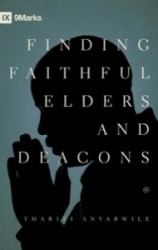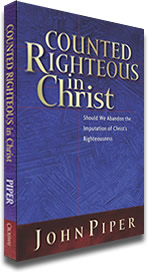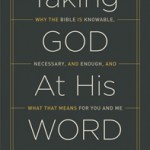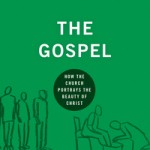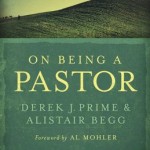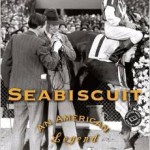Do you read history and biography? If not, you are missing out on silver bullets of wisdom and perspective.
Reading about the kingdoms, lives, and policies of eras gone by not only protects one against chronological snobbery,1 but gives unique encouragement to know oneself, one’s world, and one’s God.
CHURCHILL ON CRITICISM
For me, one of the most fascinating and challenging men of the last few centuries is that lion Winston Churchill. His leadership, oratory, and overall brilliance have challenged me in untold ways. Yet, there is one lasting lesson from Churchill I’ve been unable to shake: his approach to criticism.
If you know anything about his life you know there was much to criticize and his enemies heralded his woes with the greatest amplification possible. Churchill took criticism and did three things with it. First, he took encouragement from it, saying, “You have enemies? Good. That means you’ve stood up for something, sometime in your life.” Second, he learned from it, “Criticism may not be agreeable, but it is necessary. It fulfills the same function as pain in the human body; it calls attention to the development of an unhealthy state of things. If it is heeded in time, danger may be averted; if it is suppressed, a fatal distemper may develop.” Finally, once these applications were gained, he forgot about it.
In his masterful biography on Sir Winston, Paul Johnson provides an epilogue that offers five leadership lessons from Churchill’s life. Notice what he says on the third lesson,
Third, and in its way most important, Churchill never allowed mistakes, disaster – personal or national – accidents, illnesses, unpopularity, and criticism to get him down. He powers of recuperation, both in physical illness and psychological responses to abject failure, were astounding. To be blamed for the dreadful failure and loss of life in the Dardanelles was a terrible burden to carry. . . . He made a fool of himself over the abdication and was howled down by a united House of Commons in one of the most savage scenes of personal humiliation ever recorded. He scrambled to his feet and worked his way back. He had courage, the most important of all virtues, and its companion, fortitude. These strengths are inborn but they can also be cultivated, and Churchill worked on them all his life. (164, emphasis added)
CRITICISM AND PASTORAL MINISTRY
If you are a pastor criticism will hit you in diverse and sundry ways. What will you do with it? You can trust that your enemy and the world hope you fall into a stupor of anger, bitterness, depression, or defeat. But God desires something much different. Consider the following proverbs, which all speak to criticism in some way:
- “Whoever heeds instruction is on the path to life, but he who rejects reproof leads others astray.” – Proverbs 10:17
- “Whoever loves discipline loves knowledge, but he who hates reproof is stupid.” – Proverbs 12:1
- “The ear that listens to life-giving reproof will dwell among the wise.” – Proverbs 15:31
- “Whoever ignores instruction despises himself, but he who listens to reproof gains intelligence.” – Proverbs 15:32
When the inevitable criticism comes your way, take a cue from Scripture and then from man named Churchill: be encouraged by it, learn from it, and then move on from it.
- A term coined by CS Lewis’ friend Owen Barfield. Lewis defined it as, “The uncritical assumption that whatever has gone out of date is on that account discredited.” ↩


